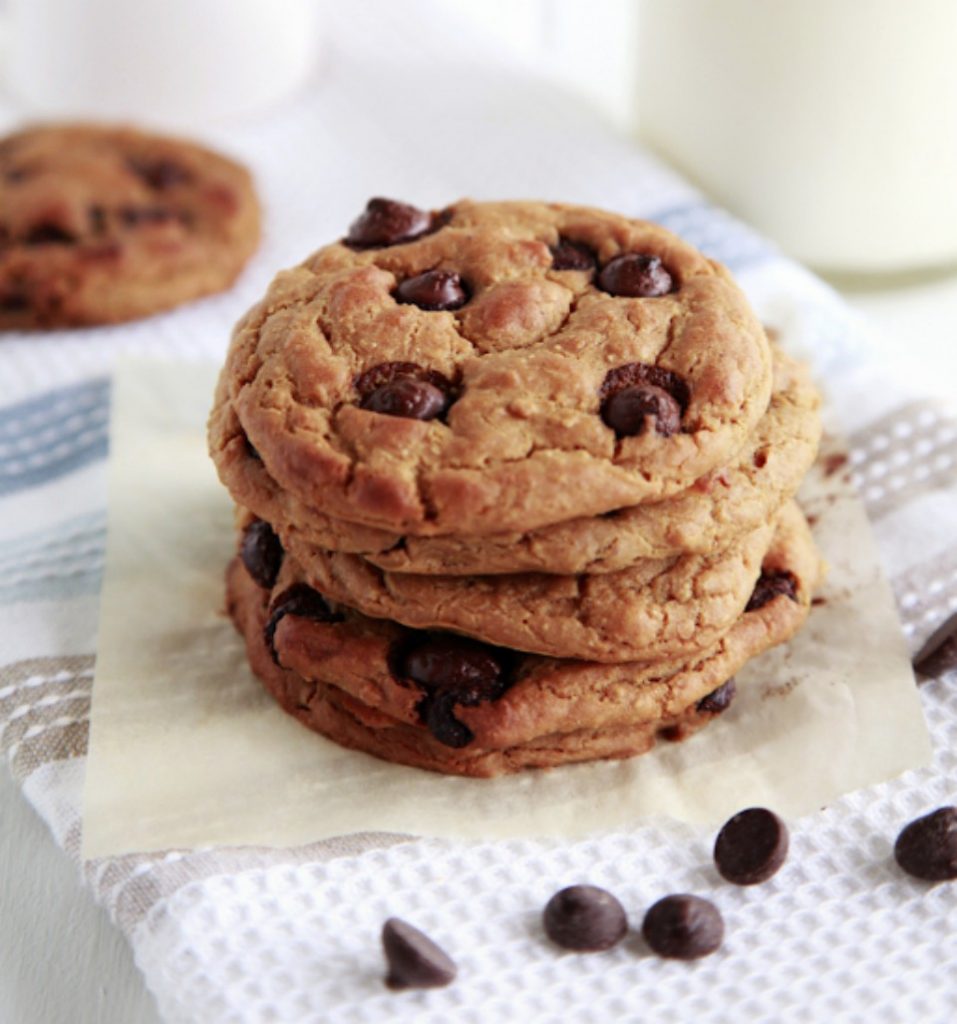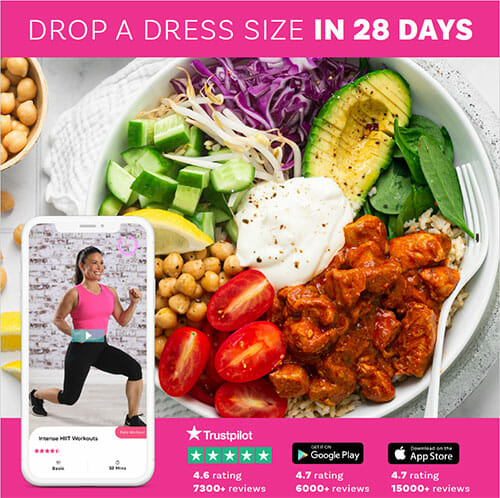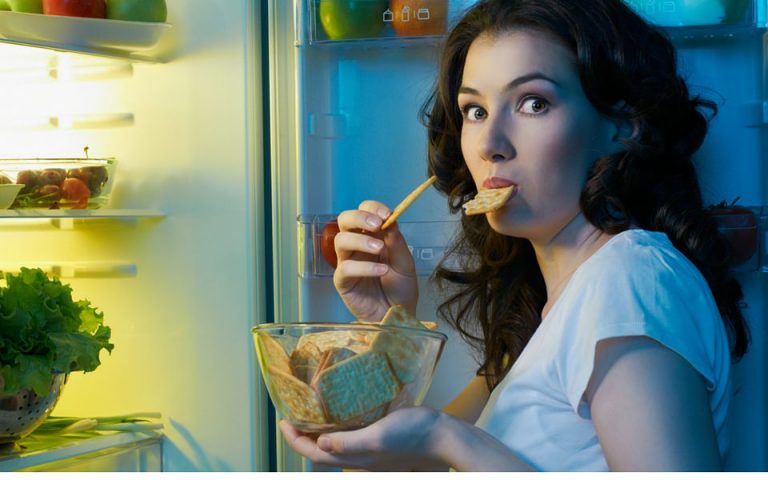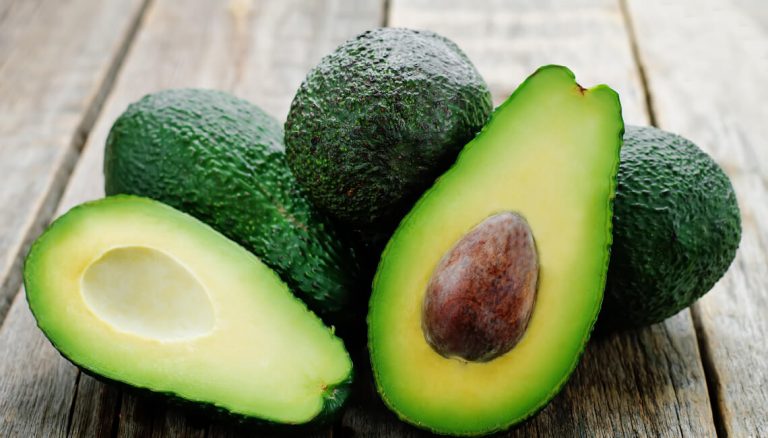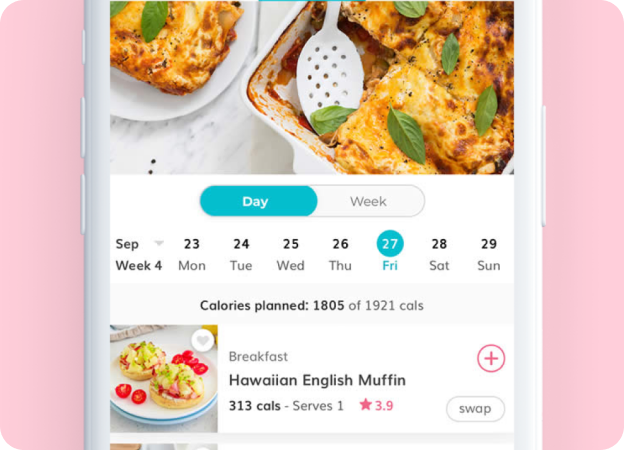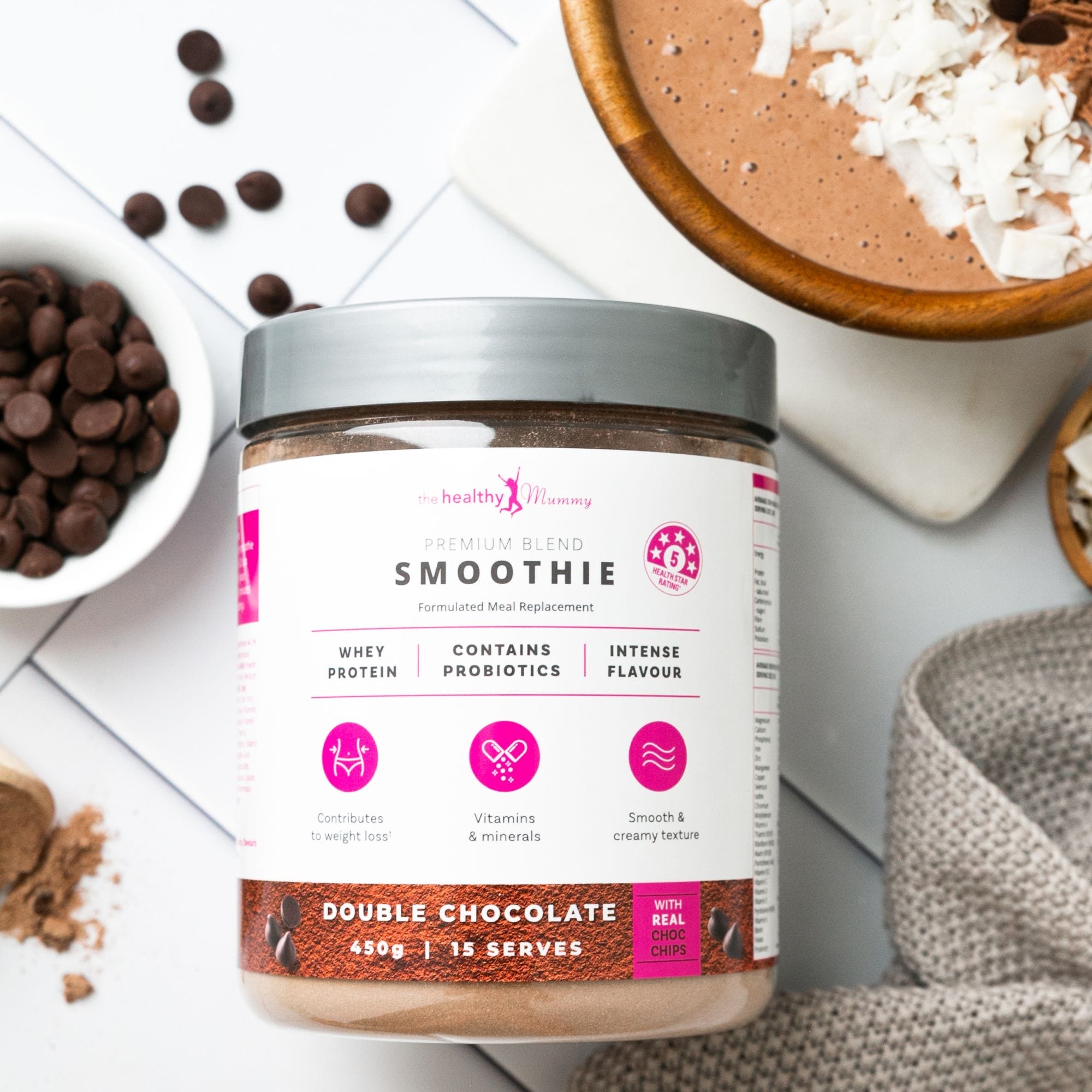What are macronutrients? Here’s everything you need to know
Macronutrients (macros) provide the body with energy and they are made up of: carbohydrates, proteins and fats. Three basic components of every diet.
Macronutrients (macros) provide the body with energy and they are made up of: carbohydrates, proteins and fats. Three basic components of every diet.
These nutrients are needed in large amounts for growth and development.
It’s helpful to understand macronutrients if you are eating to hit your weight loss goals.
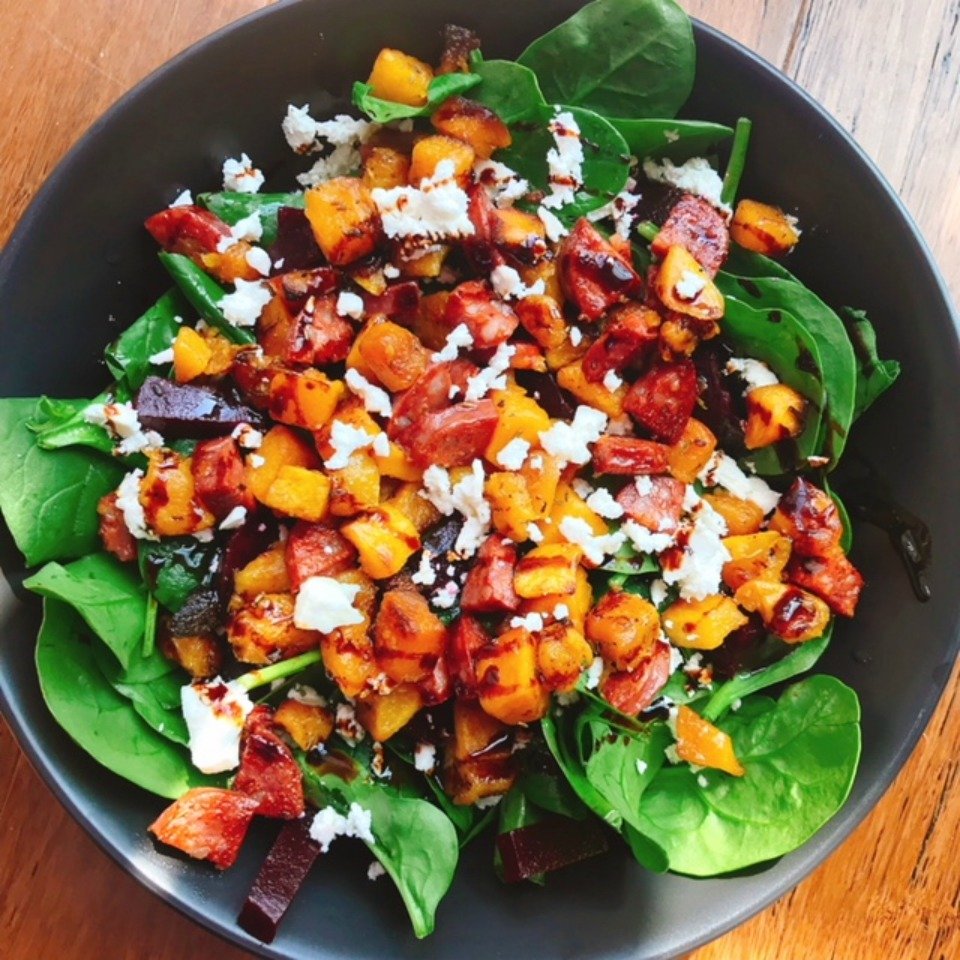
Check out our pumpkin, feta and chorizo salad recipe here.
What macronutrients are
Macros are essential for the body to thrive and keep you alive and all your nutrients come from the food you eat.
When you put on weight or lose weight it may be because you’re eating too much of any one of the macros.
The best way to track macros is just like counting calories, keep a food diary or log what you are eating in your 28 Day Weight Loss Challenge app.
Packaged food have a food label that gives you a macro breakdown but don’t stress about it too much! Once you learn what foods contain what macros it will become so much easier!
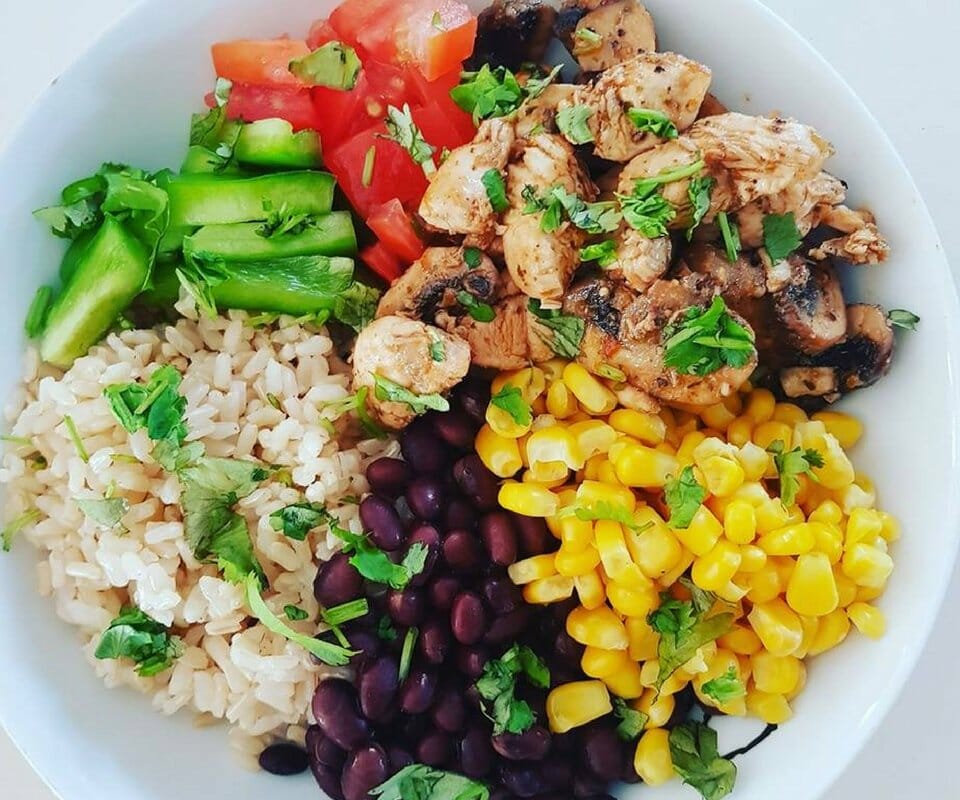
More about protein, carbs and fats
Protein is essential for building muscle, strength, growth and repair, carbohydrates are necessary for energy production and fats are essential for brain function and hormone production.
Good sources of protein: lean meats, fish, eggs, nuts, lentils, dairy and legumes.
Good sources of carbs: whole grains, cereals, rice, pasta, oats, potatoes, fruit.
Good sources of fats: nuts, fish, seeds, avocado, olive oil.
Tracking which macros you put into your body is a great way of achieving you weight loss goals.
What your macros ratio should be
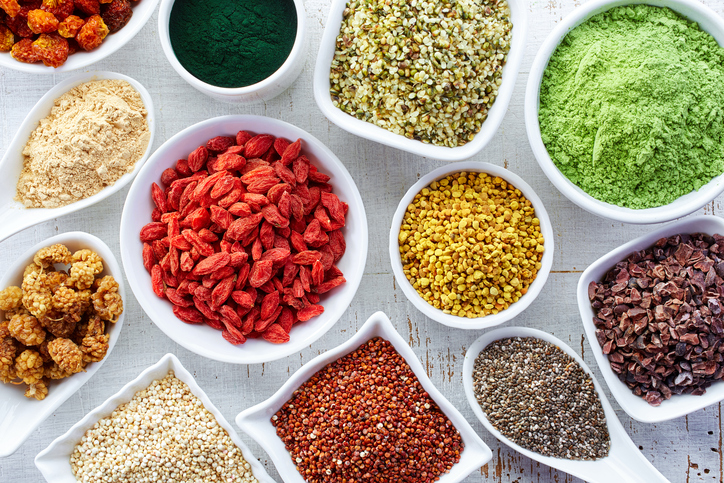
Experts say the average diet contains around 45-65% of your daily calories from carbs, 30-35% from fats and 10-35% from protein.
However, when it comes to weight loss, we should be eating around 10-30% carbs, 40-50% protein and 30-40% fat. But if you’re very active, you’ll need more carbs.
But it’s important every meal contains macros as you want to reduce insulin spikes, crashes and cravings.
The best carb, protein and fat breakdown for weight loss
We’re told to eat everything in moderation when it comes to weight loss and maintaining a healthy body.
Healthy Mummy nutritionist Lauren Kolstad has explained the best carb-protein-fat breakdown we should be aiming for…
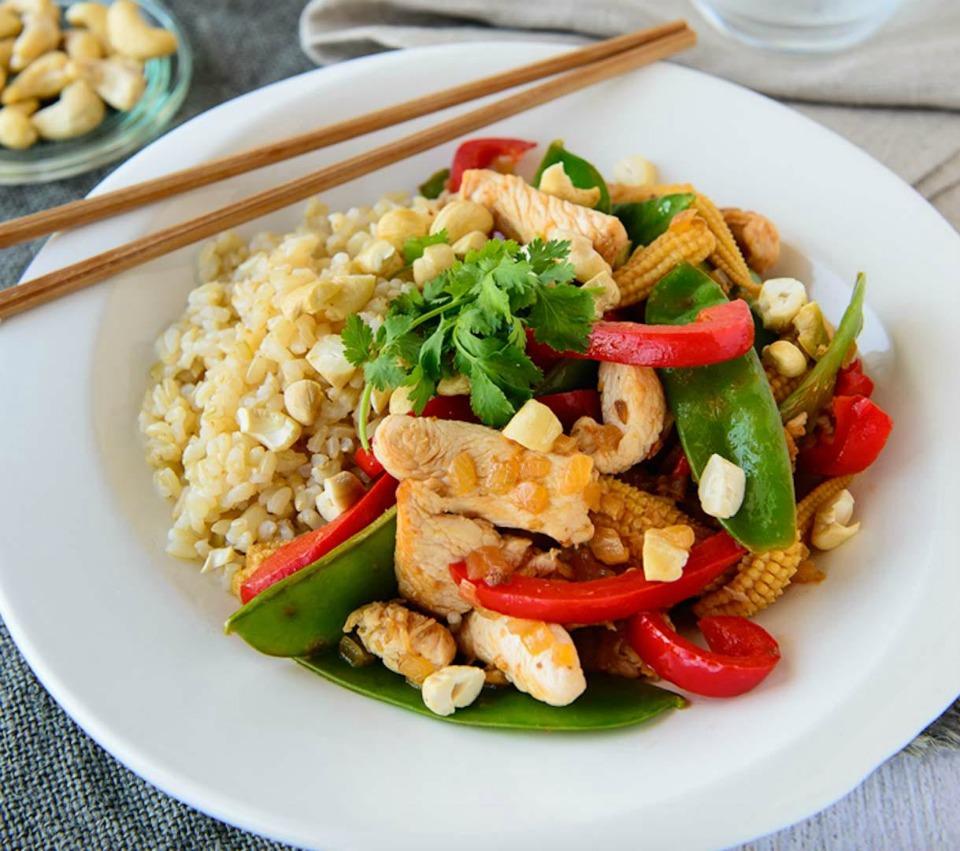
Click here for this Honey, Lemon and Ginger Chicken Stirfry recipe.
How the body uses food for fuel
Too many carbs, fats or protein are not good for you – but just how much of each should we include in our diet each day?
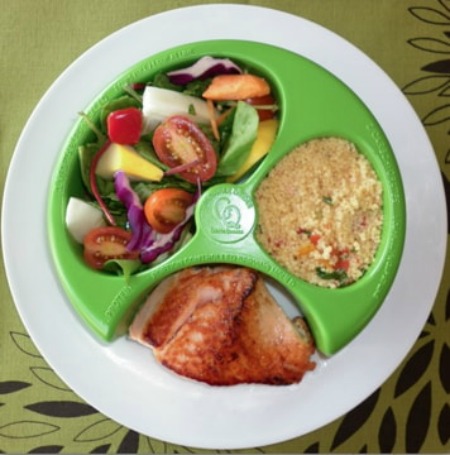
Lauren says first of all, it’s important for us to be eating the recommended number of calories each day.
“Your body uses food for fuel,” she says. “Calories (energy) which you get from nutrients and vitamins help your body with basic life functions like breathing, your heart beating, muscle contraction etc.
“This is why eating enough, nutrient dense food is so important!
“Your BMR is your basal metabolic rate – basically the minimal energy your body needs to undertake these functions. Its based on gender, age, height, weight and activity level.
“The more percent muscle composition of your body, the more efficient it is at burning energy.”
Join our 28 Day Weight Loss Challenge to make sure you are eating the right amount of calories each day. Click here to sign up.
‘Less is not always best’
Lauren says that eating more than 1,200 calories can seem scary and goes against what a lot of us hear about weight loss, but there is a science behind it!
“Less is not always best,” she says. “Rather than eating less calories, you need to focus on making sure the calories you do consume give you real bang for your buck in terms of nutrients.
“It is really important to eat, at a minimum, your BMR calories. This isn’t just about weight loss, but to ensure that your body is working efficiently and getting the energy it needs.”
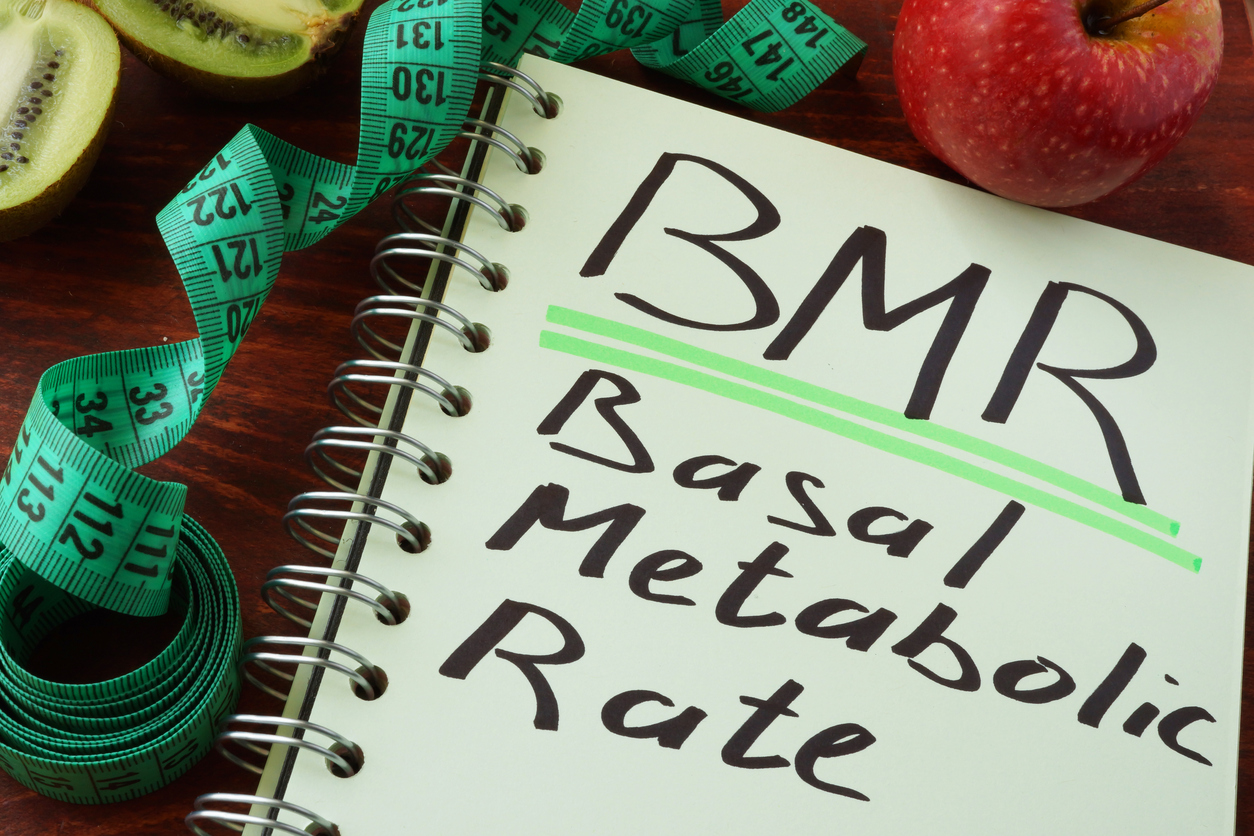
To work out your BMR, check our your BMR calculator here.
Lauren adds that when you exercise, your calorie needs increase in order to allow your body to work at a higher intensity and repair itself afterwards.
If you’re trying to lose weight – it becomes an equation between:
- The energy your body needs to function
- The energy your body is using to stay at the weight you are currently and
- The energy you’re burning during the day (both from bodily functions and exercise).
“In order for weight loss to occur, your energy intake needs to be in deficit to what you’re using – energy in vs energy out,” Lauren says.
“However you don’t want to eat so little that you go below your BMR (as it will affect your bodies metabolism) or it becomes not sustainable in the long run.”
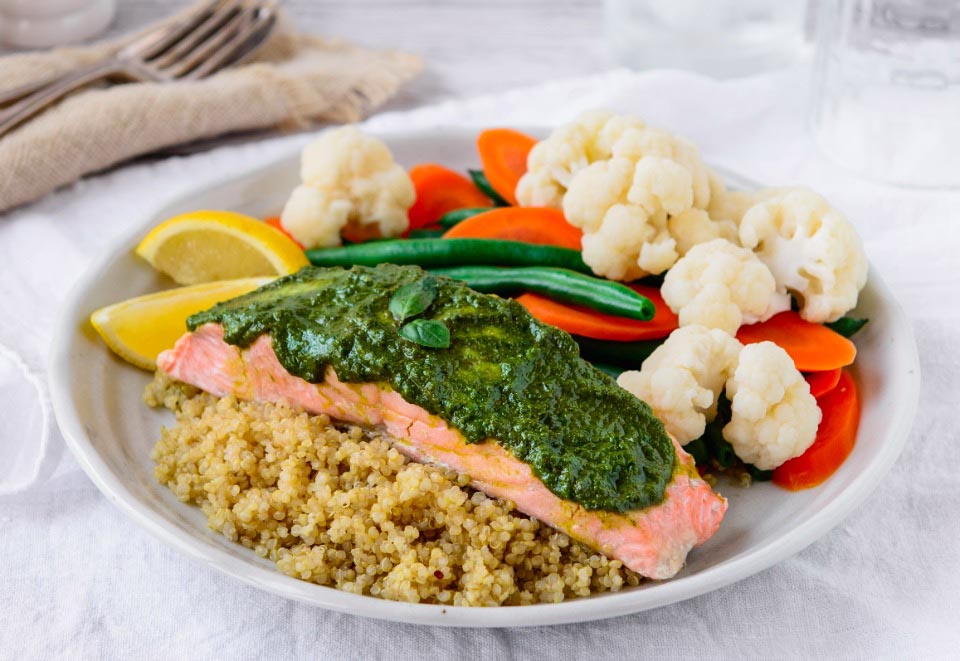
Click here for this Salmon Pesto recipe.
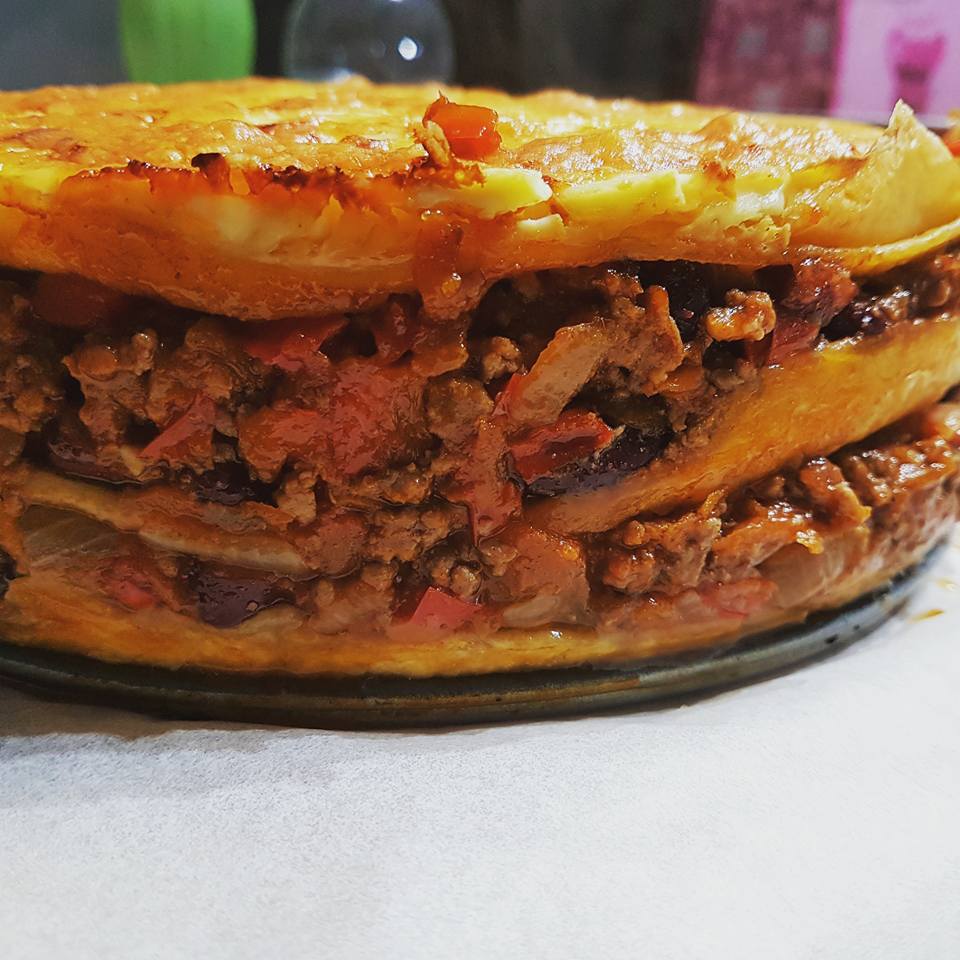
This Mexican Lasagne has carbs, protein and good fats – get the recipe here.
“Carbohydrates are not the enemy, but the type of carbs you eat is important. Sugar, vegetables and grains all provide carbs – what you want to aim for is complex carbs (vegetables and whole grains) rather than simple carbs (sugar and very processed grains),” says Lauren.
“Complex carbs provide longer lasting energy and are used more efficiently in the body.
“Excess carbs don’t ‘turn into fat’, all excess energy, whether it be from carbs, fat or protein, will be stored for later use. Which is why its important to find the right balance of energy in vs energy out for you.”
Here are 10 healthy snacks to increase your protein:
1. Snickers slice

Chocolate, peanuts and caramel are a match made in heaven but traditionally are very high in fat and sugar. This delicious and healthy alternative not only tastes amazing; it’s also high in protein, good fats and has no refined sugar!
With the crunch of the peanuts, the gooeyness of the caramel and the richness of the chocolate topping – this treat is a must-try for the whole family!
2. Egg salad cups
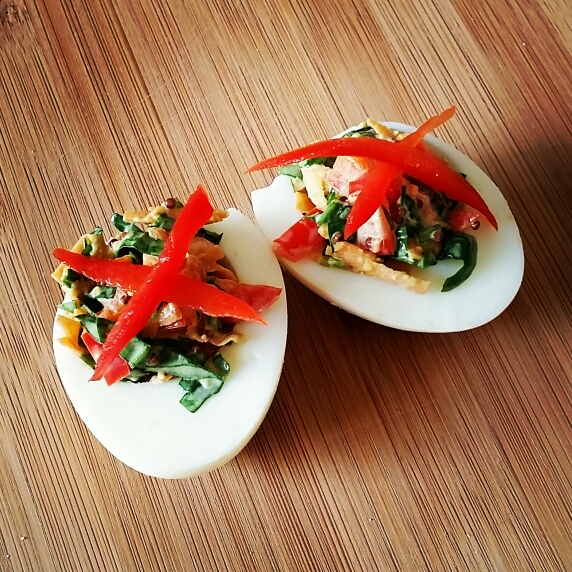
Protein is very important in pregnancy for cell growth, with women needing to consume an extra 10g per day. Just two serves of this tasty snack will provide this but will also keep your blood sugar stable and fill you up.
3. Chocolate chip chickpea protein cookies
Here is a really easy and tasty recipe for a chocolate chip cookie using chickpeas as the main ingredient. We love these chocolate chip chickpea protein packed cookies and promise that you’d never know they contained a somewhat unusual ingredient!
4. Chicken satay noodles
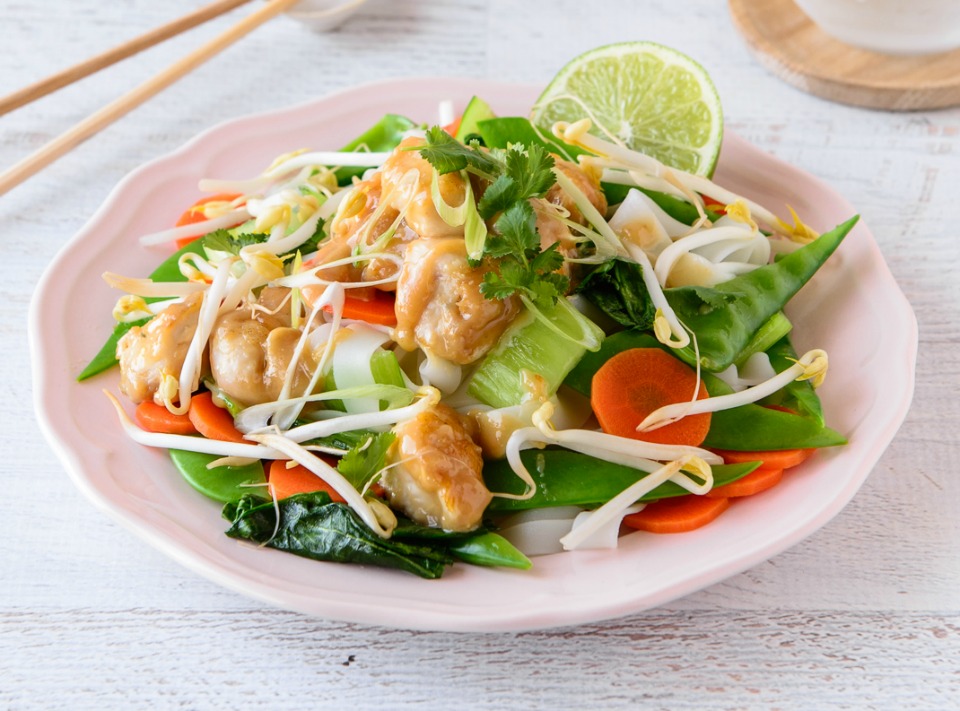
Is there anything better than a dinner that takes less time to prepare than it does to boil an egg? What about a tasty, healthy dish that combines delicious flavours and is packed with veggies and lean protein? We’ve got you covered with these quick and easy Chicken Satay Noodles.
5. Foolproof spinach and feta frittata
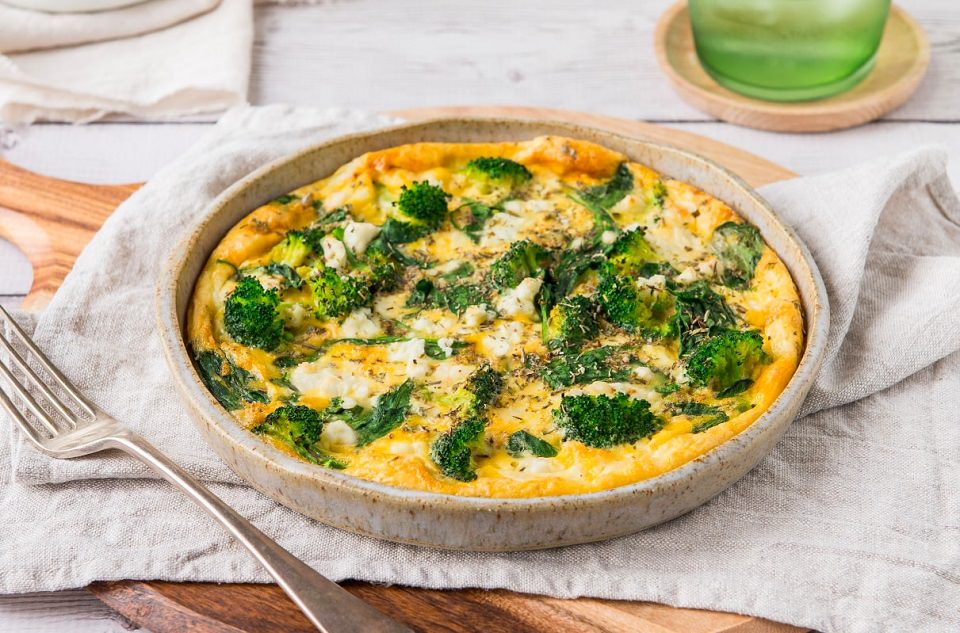
The baby spinach, eggs and cheese contains protein, as well as iron and tryptophan, which helps the body to produce serotonin (the feel-good hormone).
6. Zucchini and walnut loaf
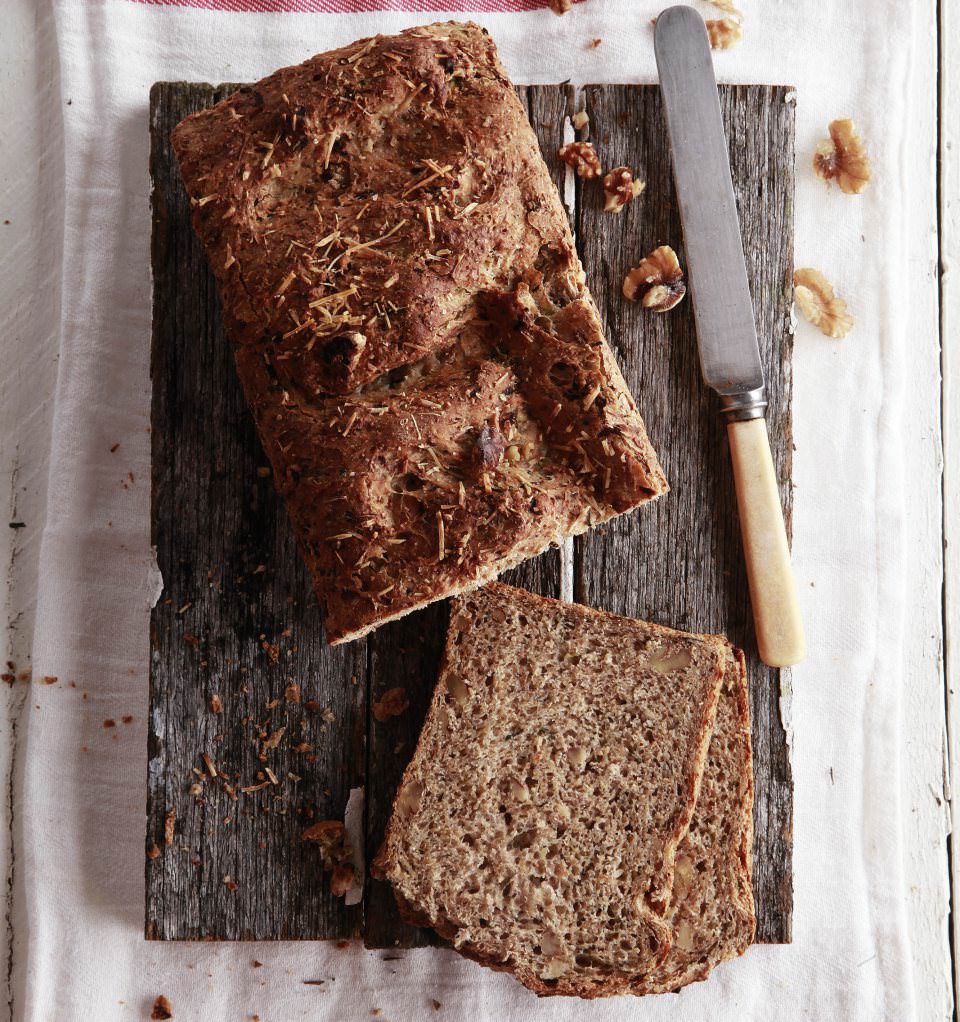
Nuts and wholegrains are a great source of energy when you’re not feeling your best.
The omega-3’s and protein in the nuts help keep your brain in tip-top shape, while the wholegrains help to fill you up and keep you satisfied.
7. Low-fat creamy tuna and mushroom pasta
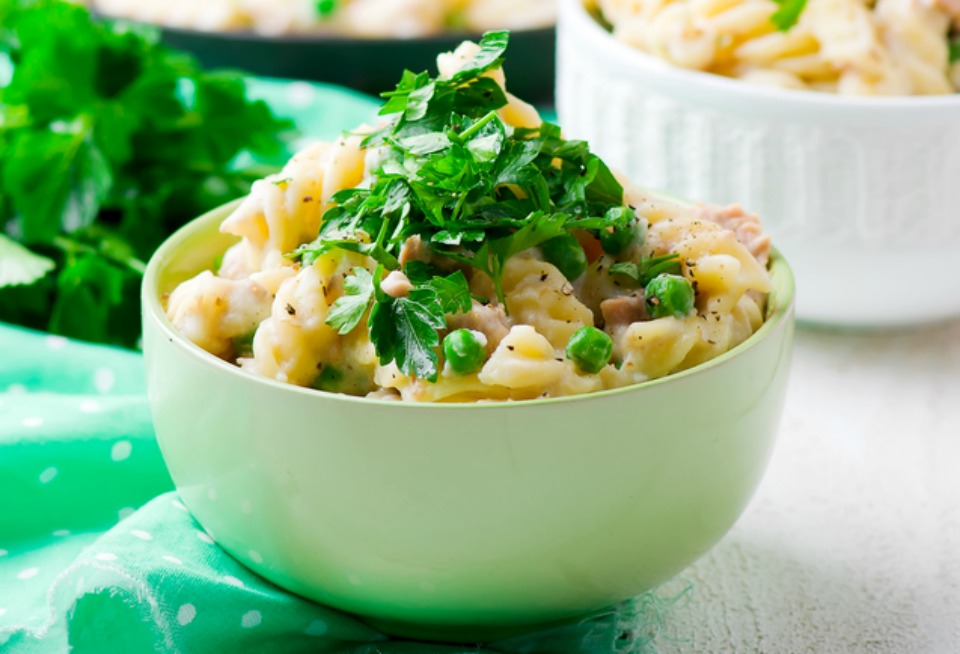
This dish is so creamy and tasty you would never guess it was good for you! Low in fat and high in protein and nutrients, it has all the flavour without the guilt.
Perfect to add to your 28 Day Weight Loss Challenge meal plan. For full recipe, click here.
7. Quinoa chocolate protein balls
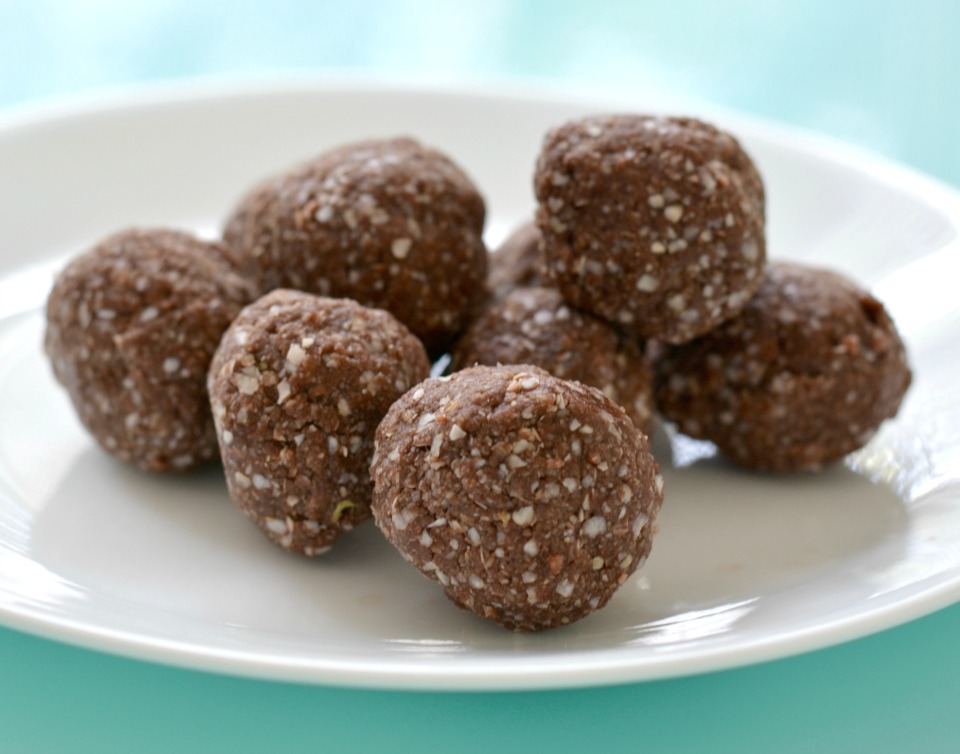
These Chocolate Quinoa Protein Balls make the perfect snack, as they are packed full of protein (and they taste great too).
We love simple recipes like this, and you’ll find 15 more new bliss ball recipes in our 28 Day Weight Loss Challenge recipe hub.
8. Tuna and chickpea salad
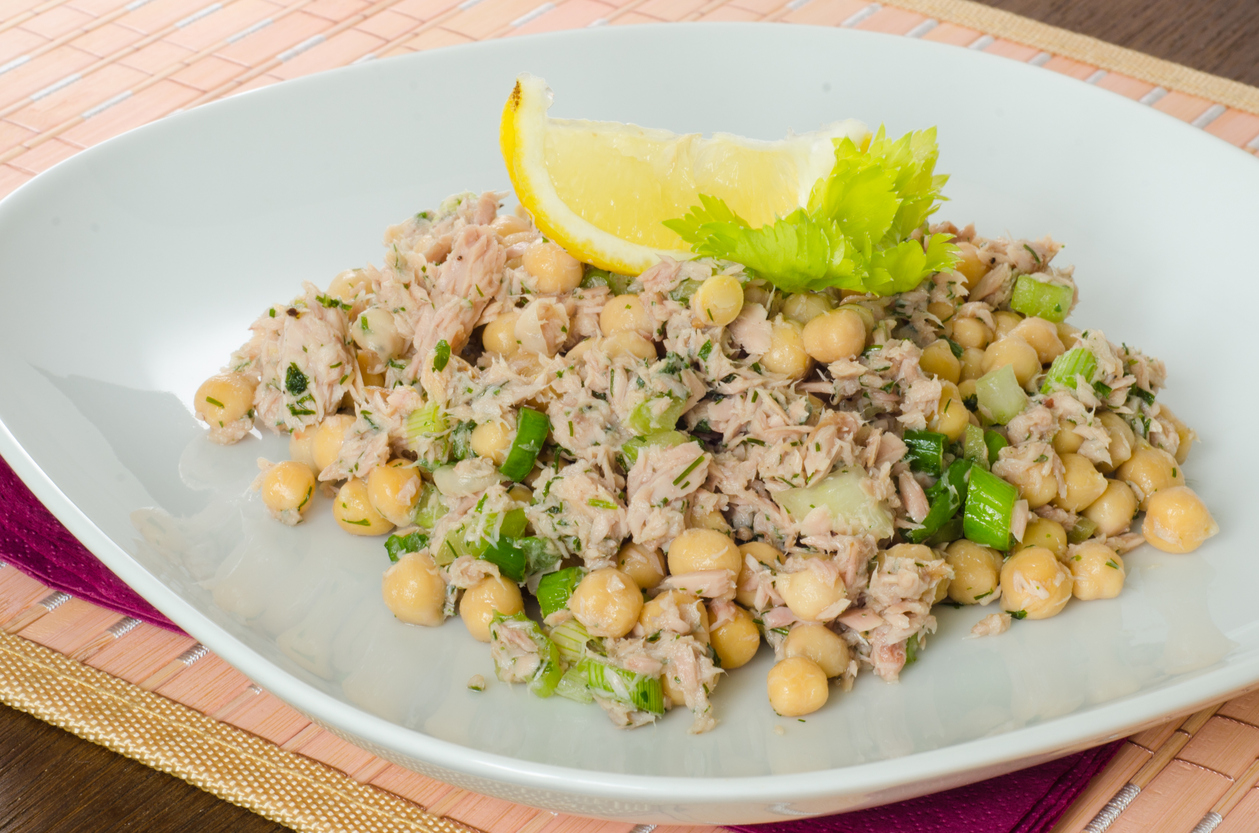
Chickpeas are a great source of protein and fibre. Tuna is an easy way to obtain and consume some nutritious omega 3 fatty acids and protein. This meal is a very filling and healthy pregnancy snack.
9. Black bean brownies
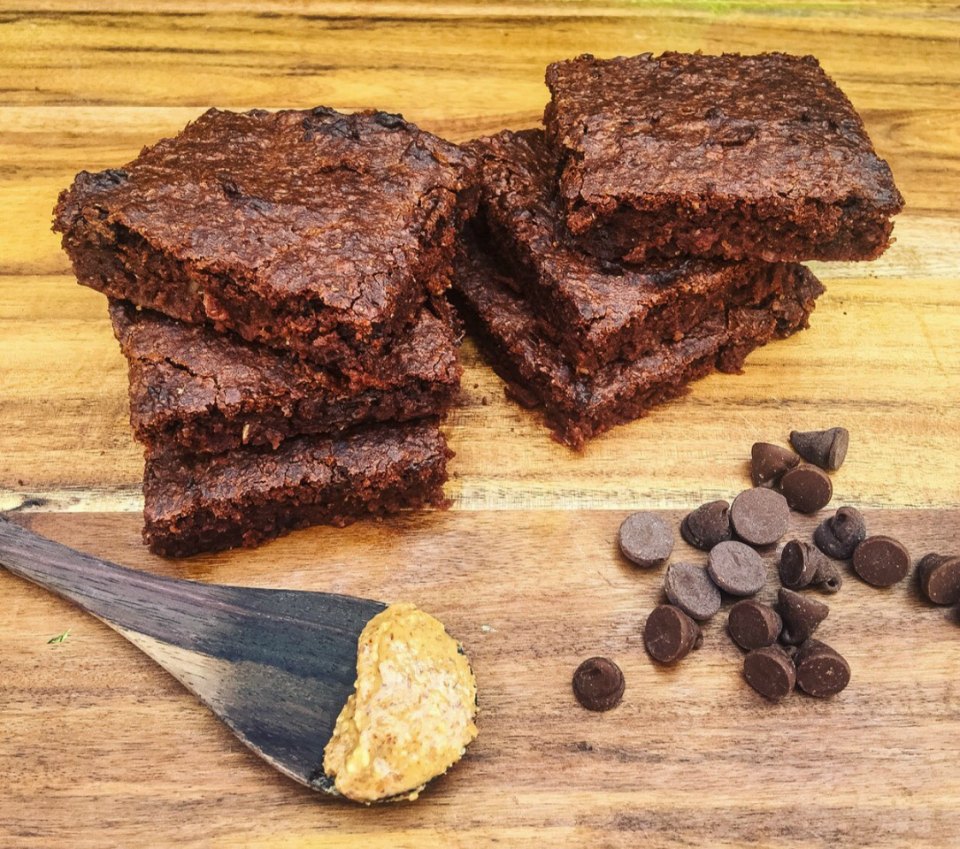
Another healthy option for those sweet cravings.
1 x 420g tin black beans (rinsed and drained), 2 eggs, 3 tbsp vegetable oil, 10g cacao powder, 1 tsp vanilla extract, a pinch of salt, 2 tsp of baking powder, 1/3 cup maple syrup. Puree all ingredients until smooth. Bake in muffin tins at 170C for 15mins. Makes 12. Each one is 195cal and 8.5g protein.
10. The Healthy Mummy Smoothie
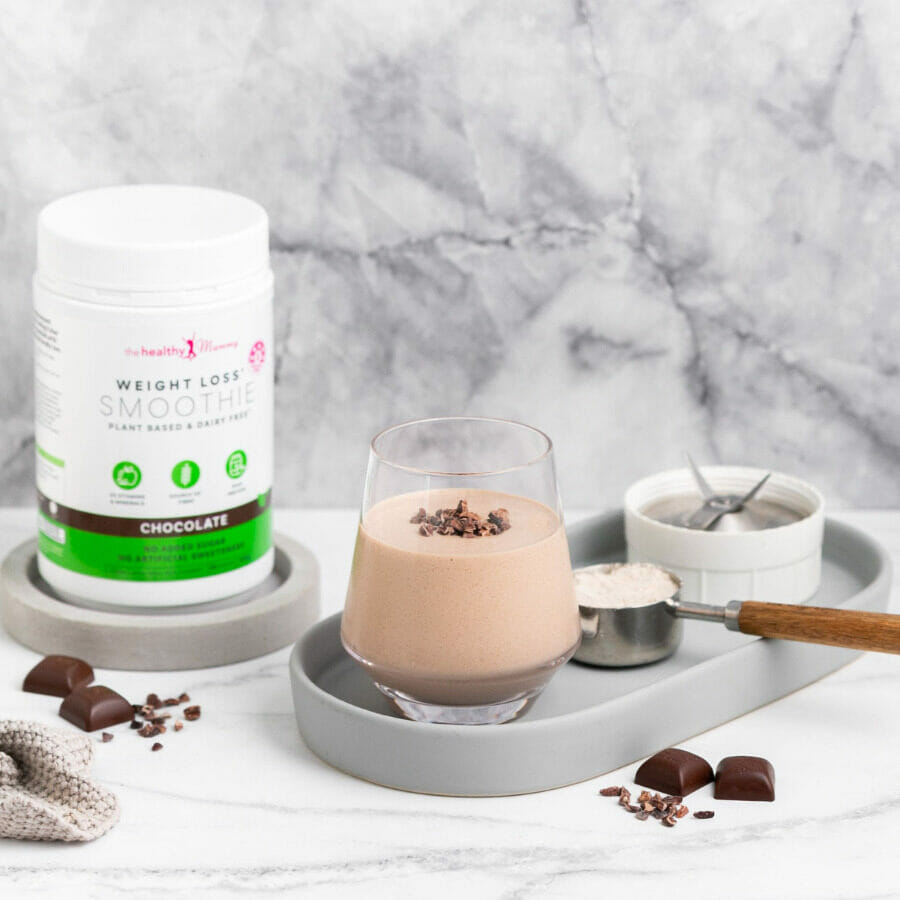
And of course there’s always a Healthy Mummy Smoothie which is loaded with nutrients ideal for you and your baby.
The Healthy Mummy Smoothie is designed to complement, not replace, your prenatal vitamin intake.
Our program offers NO 1200 calorie restrictions Follow guided training videos with expert fitness instructors (no equipment needed!) In our private support groups with other mums just like you! With family-friendly, weekly meal plans & over 6,000 easy recipes developed by nutritionists No lock-in contracts, cancel anytime.Ready to Drop a Dress Size in 28 Days?
Never Go Hungry
Workout at Home
Feel Supported 24/7
Eat Delicious and Healthy Food

